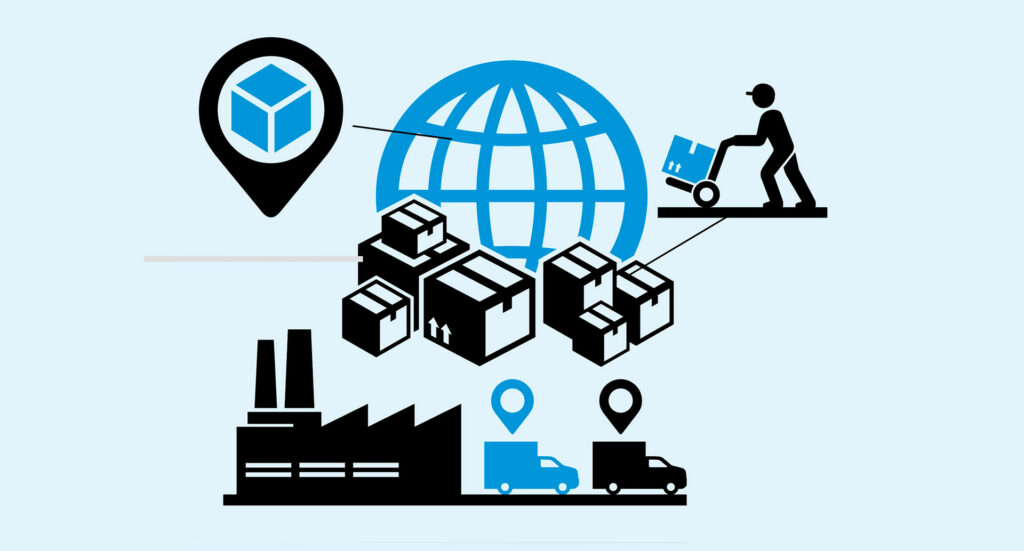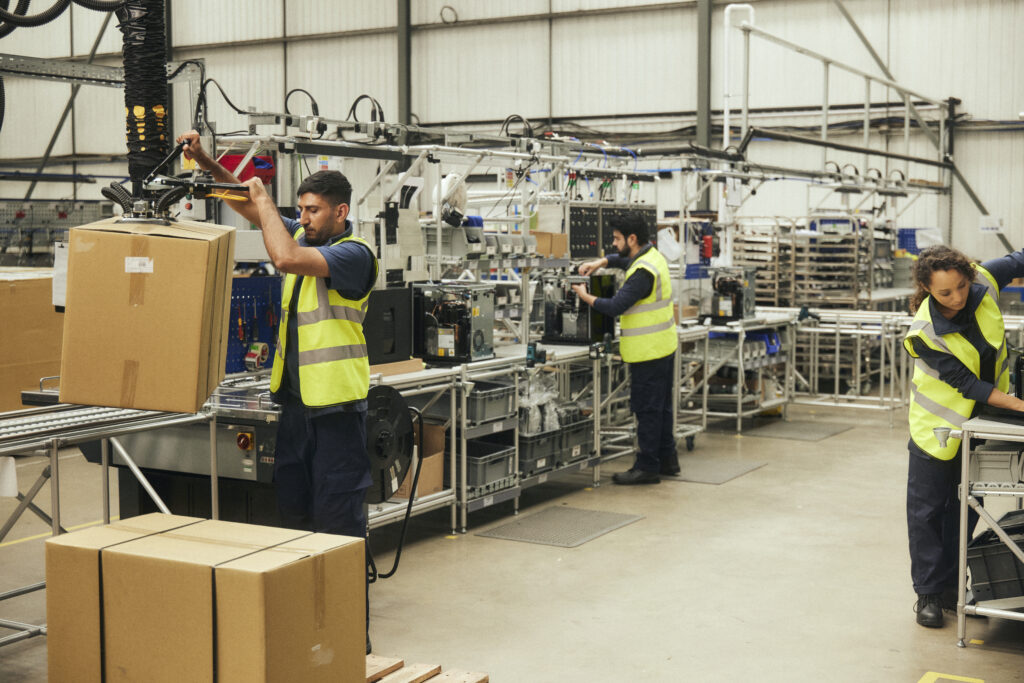Curious about supply chain resilience? In the new edition of ERP Today we delve deep into the state of play and solutions in supply chains for enterprise technology.
The topic is one of much discussion in business circles, having been a pressing issue since the pandemic and only worsening amid the current energy crisis, Brexit border issues and the ongoing war in Ukraine.
And yet business execs may be surprised to learn very few manufacturers seemed to have invested in supply chain readiness during the pandemic. That’s according to a global survey of manufacturers and distributors from SYSPRO that’s found a significant gap between their digital strategy regarding the supply chain and execution.
Research from the ERP provider found that half of manufacturers and distributors have made no key technology investments during the pandemic. Those in M&D that did invest in digital transformation technology do not have plans to train staff to use new tools, with 61 percent having no plans to build long-term skills training programs to enable a digital workforce.
And while 47 percent invested in sensors and internet of things (IoT) networks, just 20 percent invested in data analytics tools and only 5 percent invested in artificial intelligence (AI)/machine learning (ML) to gain insights from the data they collect.
These are just some of the many statistics that reveal disconnects and challenges within the supply chain around tech investment and digital transformation readiness. Clearly there is a huge gap in enterprise between the investment in internal efficiencies and external collaboration.
Old systems are failing
The supply chain disruptions of the last two years have been severe, with 70 percent of businesses experiencing supply chain disruptions since 2020.
SYSPRO also found 60 percent of businesses were unable to engage and collaborate with customers and suppliers in real-time, often rendering those businesses unable to deliver to their customers.
Pre-pandemic technology investments and outdated business models had been partly to blame for these ongoing challenges. In response to pressures, businesses have invested in short-term technology solutions to address the immediate impact of the pandemic. But it seems this hasn’t been enough to remedy the situation.
Even though 65 percent of businesses invested in business systems aimed at meeting order requirements, and 64 percent of businesses invested in business systems to manage inventory control, the supply of inventory was not protected. According to SYSPRO’s research, only 44 percent of business systems have allowed manufacturers to effectively collaborate with external suppliers and customers.
“While the investment in internal efficiencies is crucial for any business, customer and supplier engagement should also be a top priority,” says Paulo De Matos, chief product officer at SYSPRO.
“What we are seeing now is a knock-on effect of supply chain disruptions. It won’t matter how businesses try to up their game internally, for if they are unable to communicate effectively with their external ecosystem and respond to shifts in the supply chain, businesses may fall behind.”
Digital roadmaps on the road to nowhere
In response to the immediate impact of the pandemic, many businesses looked at building a digital strategy. The survey found that while building those roadmaps, 69 percent of businesses considered a digitalization strategy aimed at enhancing existing business processes with digital technologies. But only 29 percent of businesses committed to a fully-fledged digital transformation strategy.
Almost half (48%) of businesses with roadmaps committed to improving customer service in the last few years. Yet only 23 percent of businesses included external collaboration which would enable them to talk to the customers as part of their digital strategy.
When exploring the execution of the digital strategy, another clear disconnect becomes apparent in the research. First, the good news: 34 percent of businesses focused on investments to improve internal operations management, quality management, and warranty management.
Secondly, 33 percent of businesses were looking at improving sourcing, procurement, and inventory management
But only 18 percent of businesses invested in business systems to improve external collaboration.
Additionally, half of the businesses surveyed chose not to invest in any systems at all and to rely on current systems to keep the lights on.
According to De Matos, the cultural reasons behind this tech inertia comes from a basic lack of understanding of core issues and current challenges.
“When deep diving into the reasons behind the disconnect between digital strategy vs digital execution, we found that 71 percent of businesses outsourced it to external service providers with no real understanding of the core business challenges or everyday reality of what was affecting the business,” he explains.
“Businesses now have an opportunity to reset for the future and revisit their digital roadmap with the assistance of trusted advisors and industry experts. Of course, the inclusion of external collaboration solutions will be key.”
The link between revenue and happy customers
As stated earlier, almost half (47%) of businesses had invested in sensors and IoT networks when asked about technological investments. Yet only 20 percent had invested in data analytics tools to process and analyze the data that they were collecting. A meager 5 percent of businesses had looked into AI and ML to draw any long-term benefit from the data collection.
“Business models as we know them are changing before our eyes,” says the SYSPRO CPO. “The classic model of company vs company is giving way to supply chain vs supply chain where simply selling a product is no longer good enough to survive in the long term.
“Manufacturers today should ideally assemble a team of companies to offer the best product and best service at the best price. To do this successfully, the right data insights are imperative.”
When exploring the knock-on effect of the above challenges, it may not be surprising that only 22 percent of businesses had experienced revenue growth, and only 26 percent of businesses had achieved customer satisfaction over the past 12 months.
“The customer experience can make or break a business. While businesses improved operational visibility through technological investments such as IoT or even looked into alternative eCommerce sales channels, the reality is that ongoing and real-time external collaboration with suppliers and customers is vital.
“A balance along the supply chain can be achieved when a customer is placed at the center of the supply chain, and their experience is not regarded as an afterthought. With real-time data insights into customer needs, improved revenue will soon follow,” De Matos concludes.




